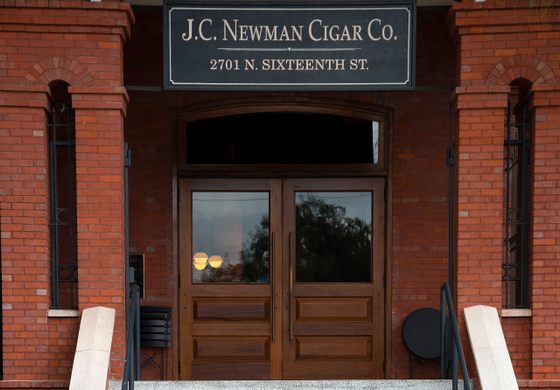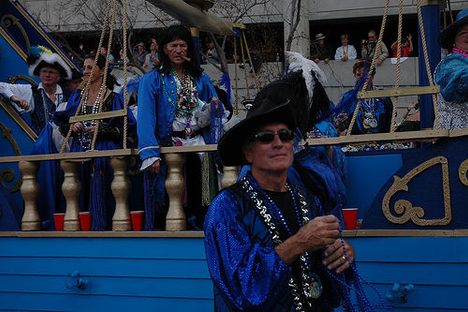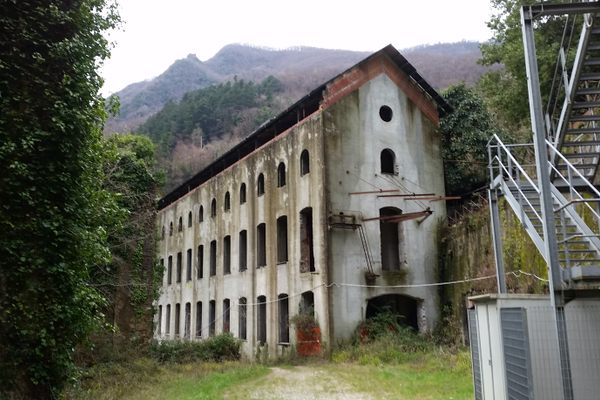AO Edited
J.C. Newman Cigar Factory
Tour the oldest family-owned cigar-rolling factory in the country—then learn how to roll your own.
At one point in time, Ybor City was known as the cigar capital of the world. It earned the title in the 1930s, when Tampa was the largest city in Florida and home to over 150 cigar factories. Today, only the J.C. Newman Cigar Factory remains.
This massive, one-block long and three-story brick building, built in 1910 and distinguished by a 100-foot tall clock tower, is home to the country’s oldest family-owned premium cigar maker. While they’ve come to rely on some simple machinery, they’re also still churning out hand-rolled cigars as they did over a century ago. Visitors can view the process over the course of 75-minute tours which run three times daily. And each Friday, those interested can also learn the art of cigar rolling themselves from master-rollers.
When the factory (named “El Reloj” for its massive clock) opened for business, papers called it the largest and finest cigar factory in the world. In the late 19th century, the industry was in a state of transition, relocating north from Key West to Tampa, a port city close enough for Cuban tobacco shipment but less exposed to temperamental Caribbean weather. A population of 600 in 1880 exploded to nearly 40,000 in 1910, one of whom being a 78-year old Hungarian cigar-roller named J.C. Newman. While the dozens of cigar factories around it shuttered, J.C. Newman’s factory was handed down from generation to generation into the modern day.
Visitors will see the process, as guides say, “from seed to smoke.” The leaves are dried and fermented before master rollers roll the leaves—separated into fillers, binders, and wrappers—into cigars. The cigars are pressed, shaped, and undergo quality control to correct any imperfections, then stored for further aging, after which they’ll be packaged and sold. Of course, a floor separate from the hand rollers houses mid-20th-century rolling machines, into which operators slip leaves of fermented tobacco to more efficiently produce cigars.
The museum also houses notable cigar-adjacent curios like (supposedly) the last sack of pre-embargo Cuban tobacco from the early 1960s as well as (also supposedly) the oldest cigars in the world, rescued and dehydrated from an 1857 shipwreck off the coast of Charleston, South Carolina. And of course, the factory’s cigars, as well as other specialty smokables, are available for purchase at the on-site cigar shop.
Know Before You Go
The museum is open from Monday to Friday, 9 a.m. to 5:30 p.m. Cigar-rolling classes for six or more can be booked on Friday afternoons. Call to reserve.




















Follow us on Twitter to get the latest on the world's hidden wonders.
Like us on Facebook to get the latest on the world's hidden wonders.
Follow us on Twitter Like us on Facebook